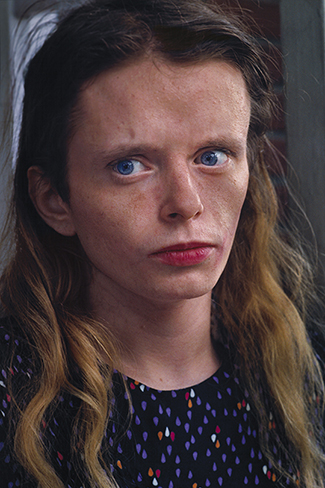"It would be an understatement to say that Robert Bergman's career has been remarkably unconventional ... [outside] the prevailing trends of contemporary photography... Bergman's color work ... transcends boundaries between painting and photography."
Glenn Lowry, The Museum of Modern Art, New York
October 25, 2009
Robert Bergman discovered his love for photography as a child in New Orleans, where he took Brownie Hawkeye photographs of his family and friends. His vision of advancing psychological and philosophical depth in photography began to take form in his early twenties as he created a series of black and white "street photographs". In the early 1970's, he started experimenting with black and white abstracts, combining painting and photography, a direction he has returned to in recent years with a series of deeply felt, large-scale color abstracts. His portraits, first in black and white of nursing home residents and then in color of people of all kinds on the streets of many American cities, are a record of America at the end of the 20th Century. More, much more than that, in Toni Morrison’s words in her introduction to his book A Kind of Rapture, his color portraits are "... a master template of the singularity, the community, and the unextinguishable sacredness of the human race."
Bio
Selected Excerpts from Critical Comments
The Robert Bergman Archive
The Artist
